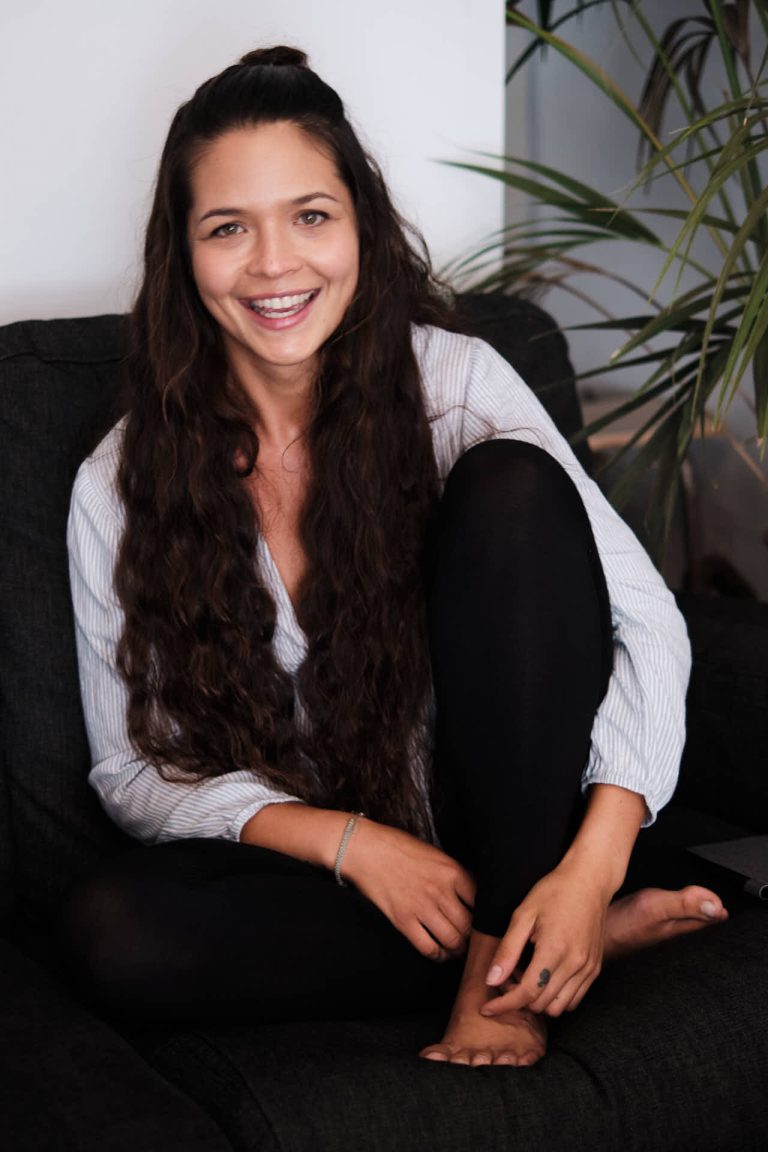How To Overcome Toxic Limiting Beliefs Around Food and Body
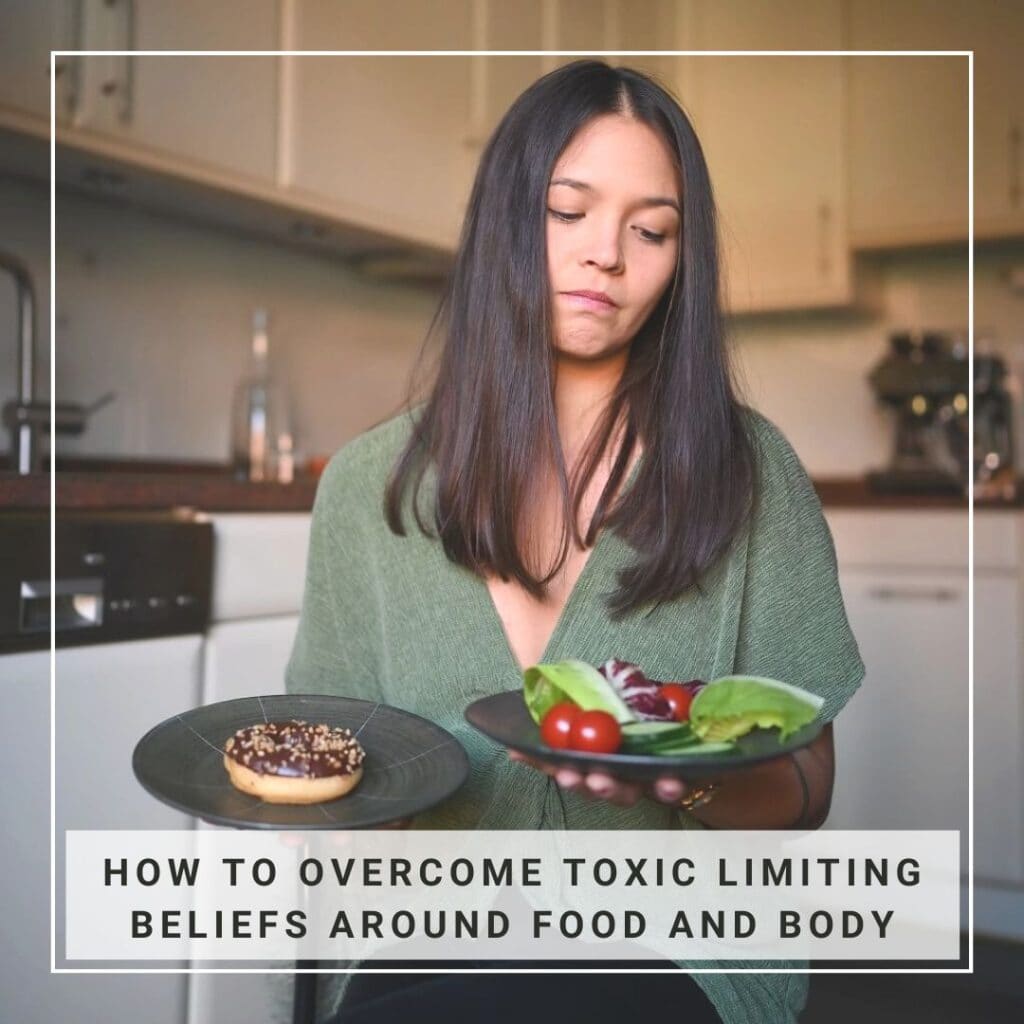
What Beliefs Do You Have When It Comes to Food and Body? Food is the enemy! My appetite is bad! I hate my body! For many years I lived my life being guided with these negative, limiting and toxic beliefs around my body and the food I eat. I would not say it out loud, […]
When Your Eating Disorder Becomes Real
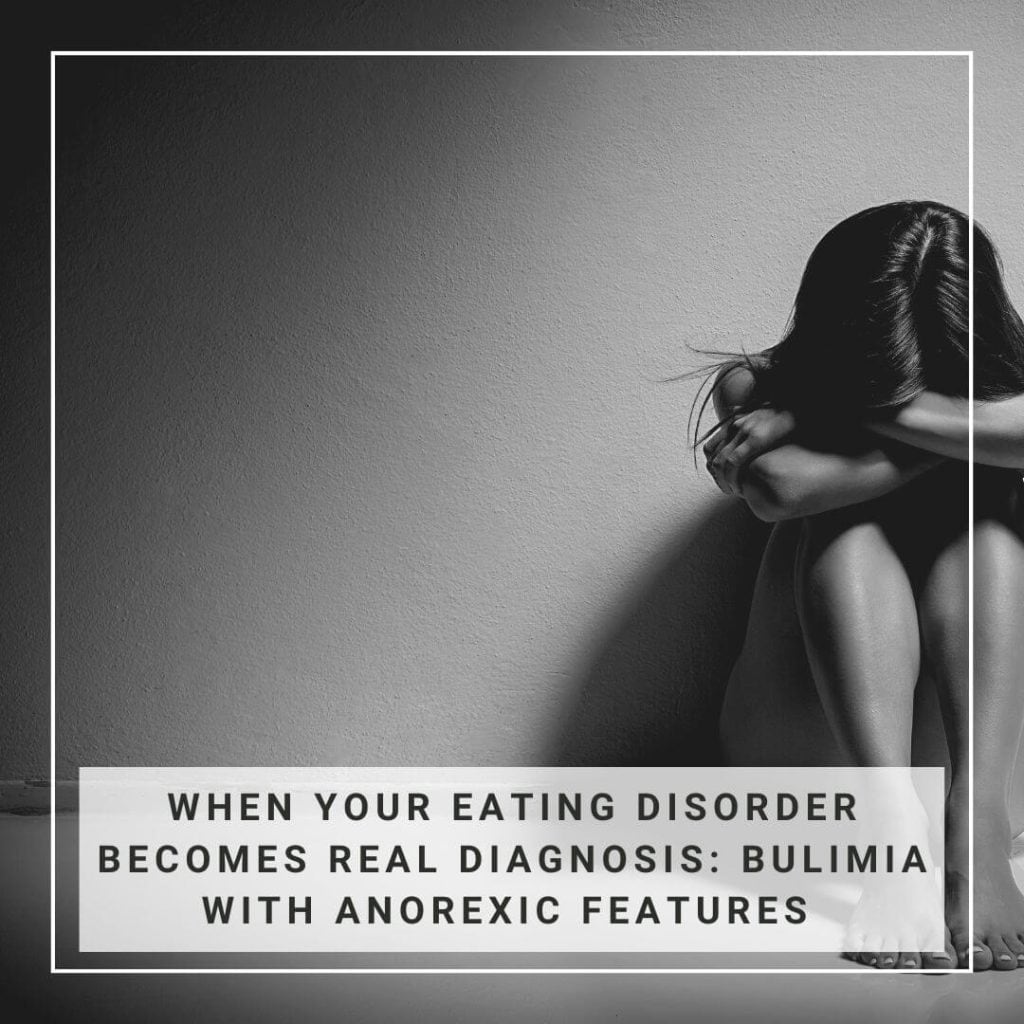
Diagnosis: Bulimia With Anorexic Features *** TRIGGER WARNING *** This blog post is a very personal story. The reason why I still want to share it here, is to encourage you to reach out for support, for help, for guidance, in case you need, because you deserve to heal and you don’t have to go […]
How To Overcome Emotional Eating?
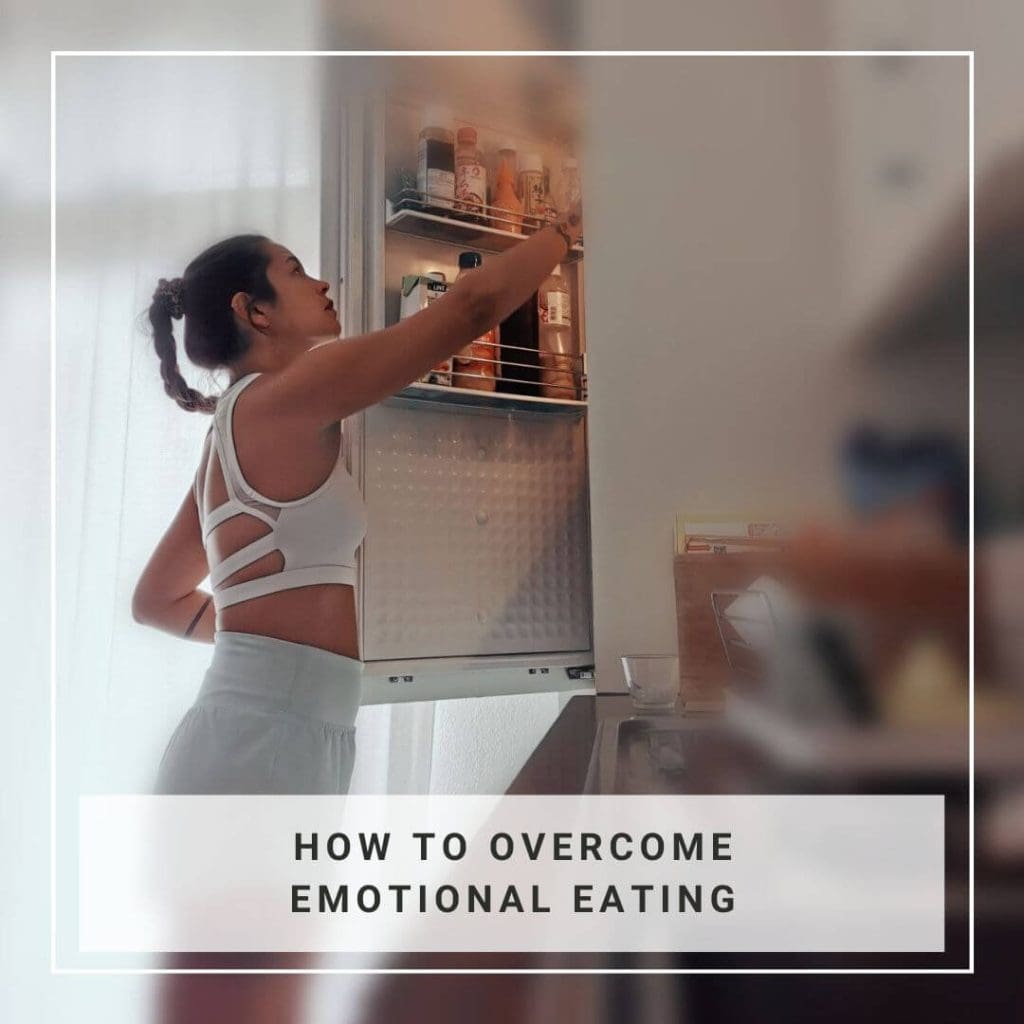
What Is Emotional Eating and Why Is It Happening? Let me answer this question first with a practical example: With a short story is about Sarah (could be any other name!), a woman in her mid-30s who is actually quite content with her life if it weren’t for this one BIG thing that weighs on […]
Yoga During Pregnancy and After Giving Birth – Part II: Postnatal
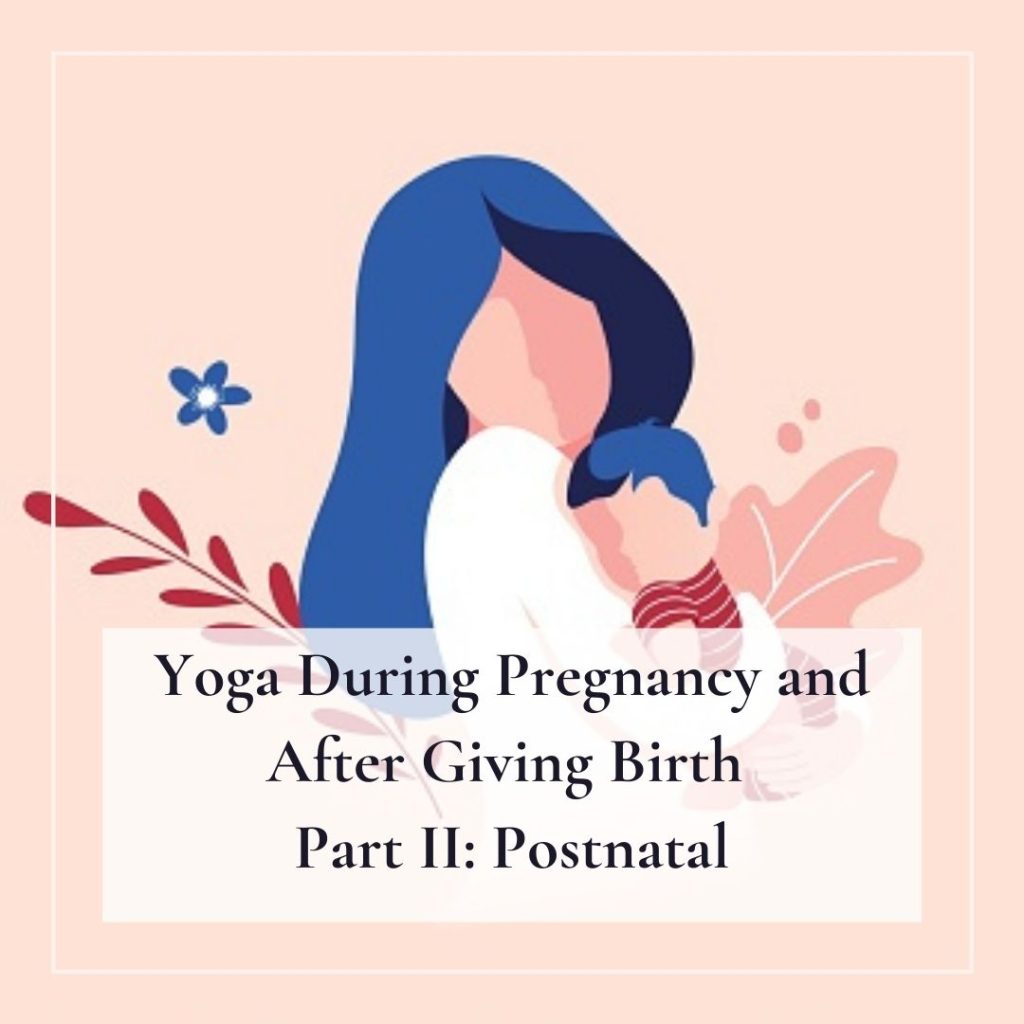
How Can a Woman Support Her Body and Mind After Pregnancy and How Much Is Too Much? In my previous post I was writing about the benefits of yoga during pregnancy, before giving birth. Now I would like to share the benefits and beauty of a yoga class postnatally. I haven’t experienced becoming a mother yet, […]
How To Turn Self-Hatred Into Self-Love & Bodypositivity
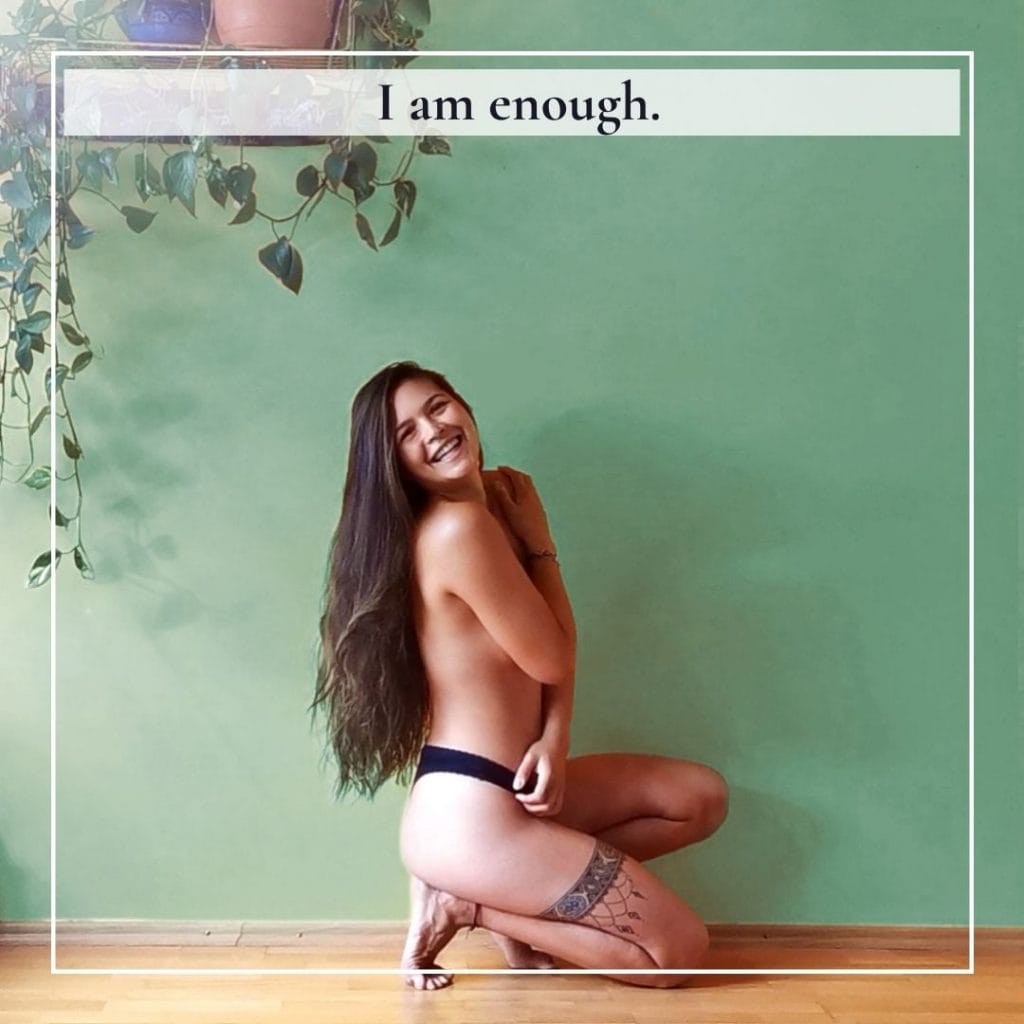
Do you love yourself? Are you able to look into your reflection in the mirror – into your own eyes – while saying: “You are beautiful!” Or is this something you would never believe? Is it easier for you to say the opposite, because you believe it more? Telling oneself “I’m not good enough”, “I […]
How Does the Menstrual Cycle Affects a Women’s Body and the Training. What Is PMS and How To Deal With It?
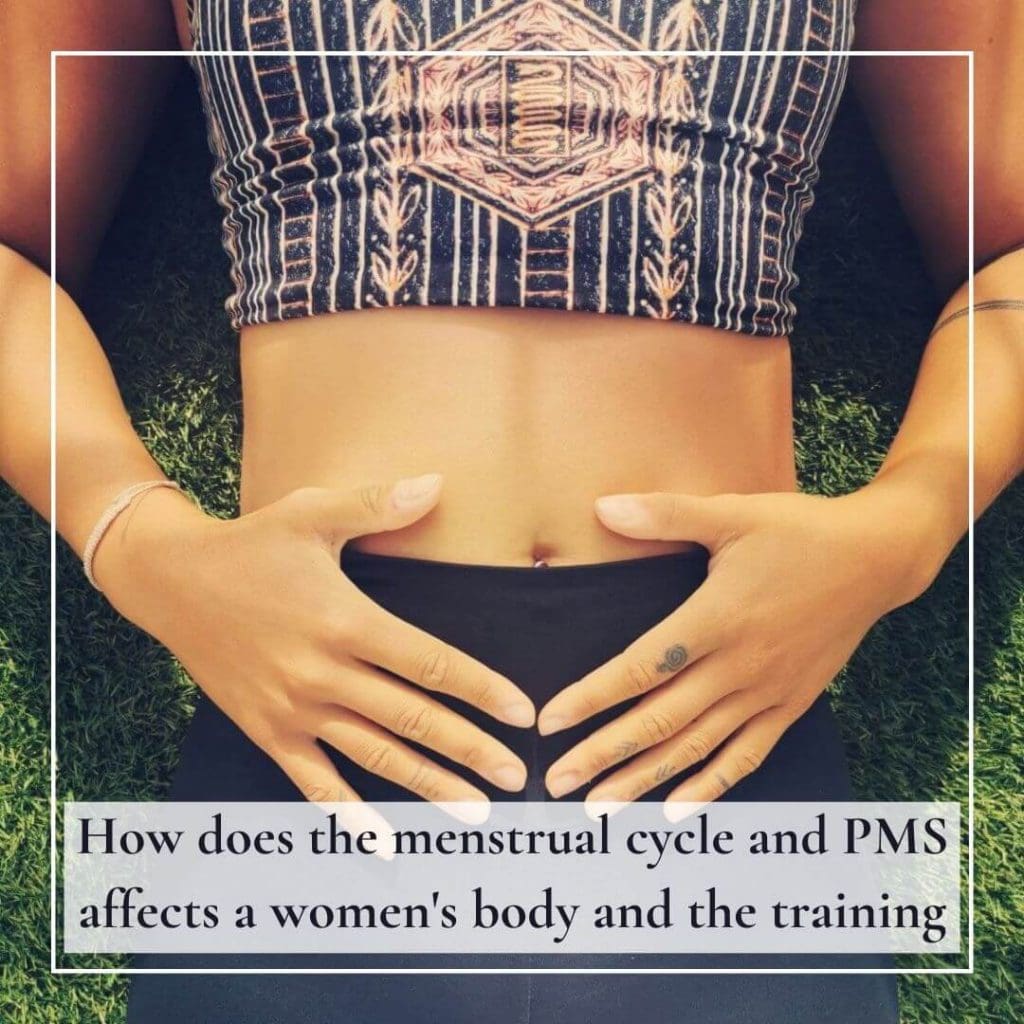
Understand Yourself by Understanding the Menstrual Cycle, Premenstrual Syndrome and How This Affects Your Training. << I wake up in the morning like any other day, I go to the bathroom for a shower and dress up. I realize that my pants are much tighter than usual and after a look into the mirror I […]
Why Only Losing Weight Will Not Make You Happy
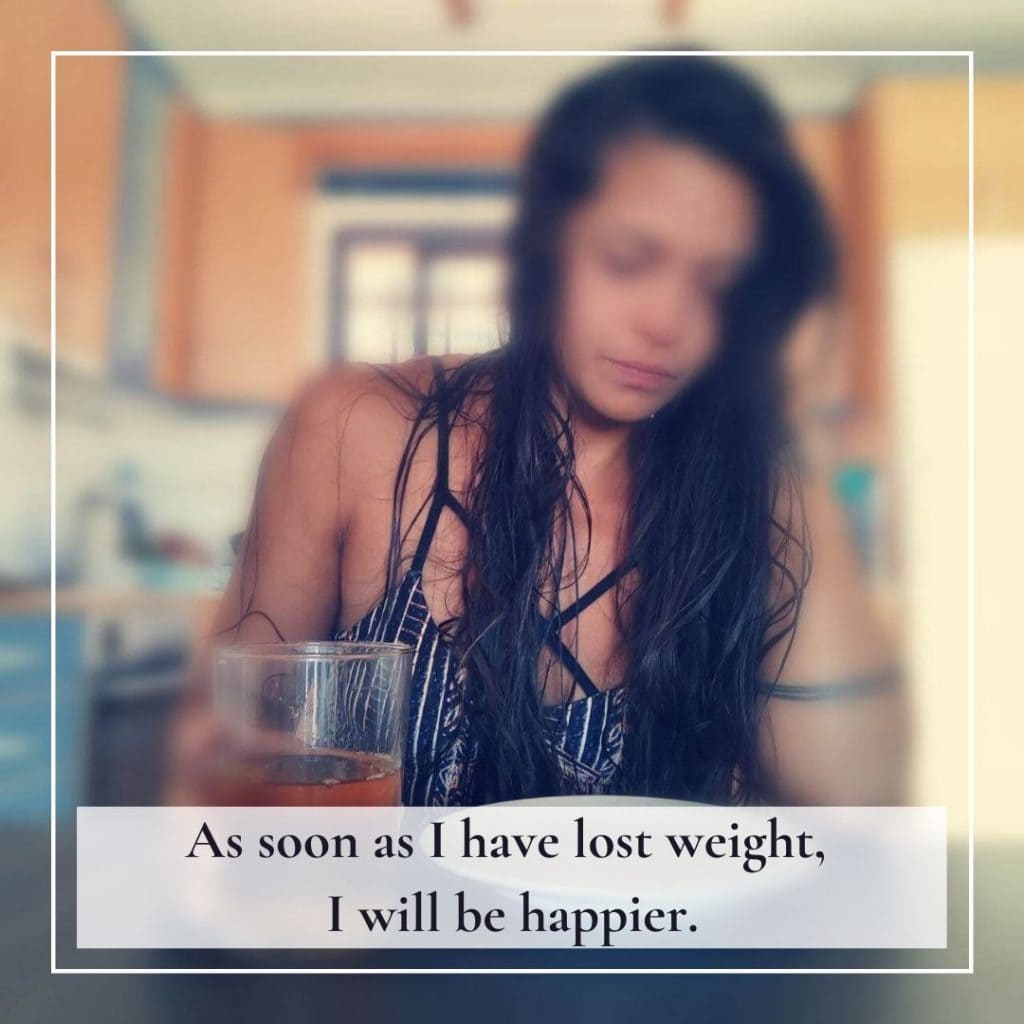
Losing Weight Will Not Fix Your Problems “As soon as I have lost 7 kg, I will be happier.” “I only need to fit into my skinny jeans again and I will be more social again!” “I will love myself more as soon as I’m back under 60 kg.” “After I completed this diet I […]
What Does Yoga Have To Do With Veganism? Interview With Rahel
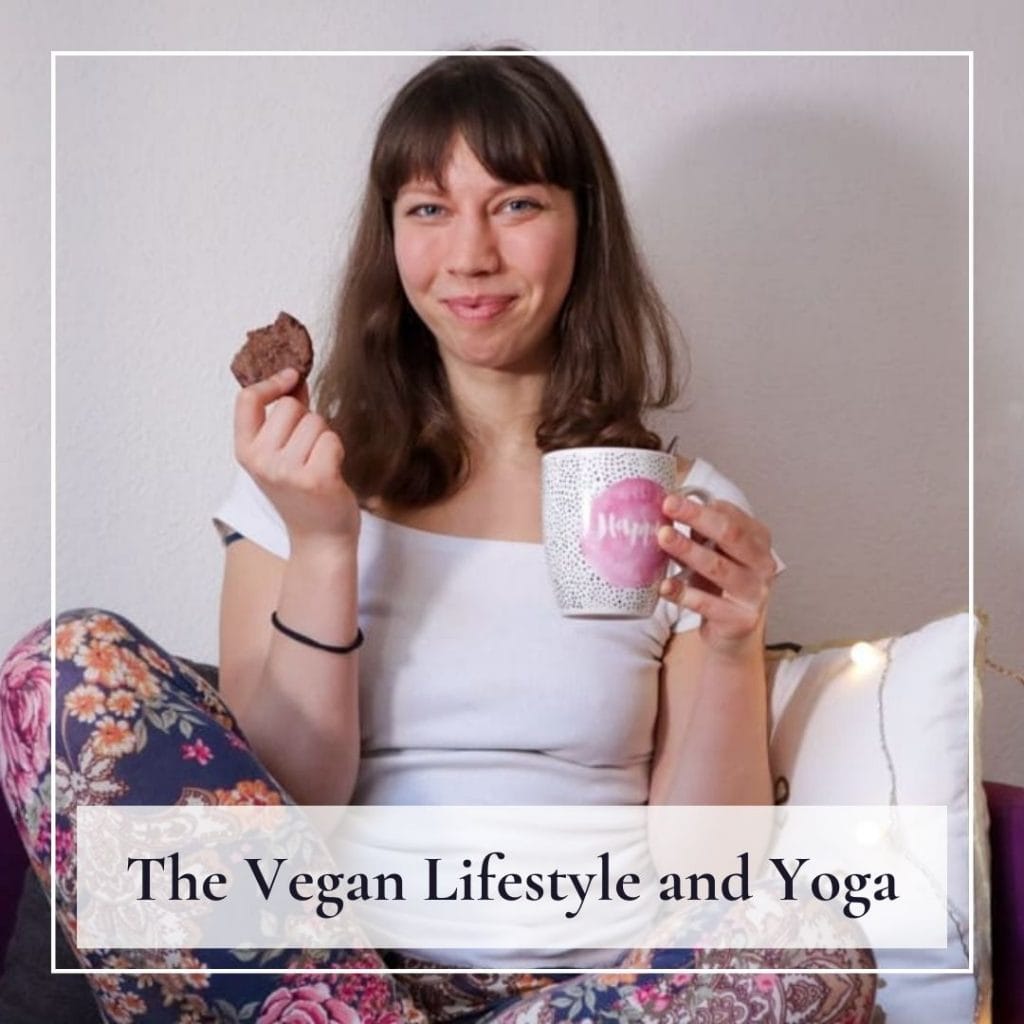
The Vegan Lifestyle and Yoga Interview with Rahel In the last interview special Rahel from “Don’t Waste Your Taste” asked me questions about Ahimsa, Veganism and Yoga. In today’s post Rahel will answer the questions I asked her and she will explain what the vegan lifestyle and yoga have in common. A few months ago, […]
What Does Yoga Have To Do With Veganism? Interview With Nini
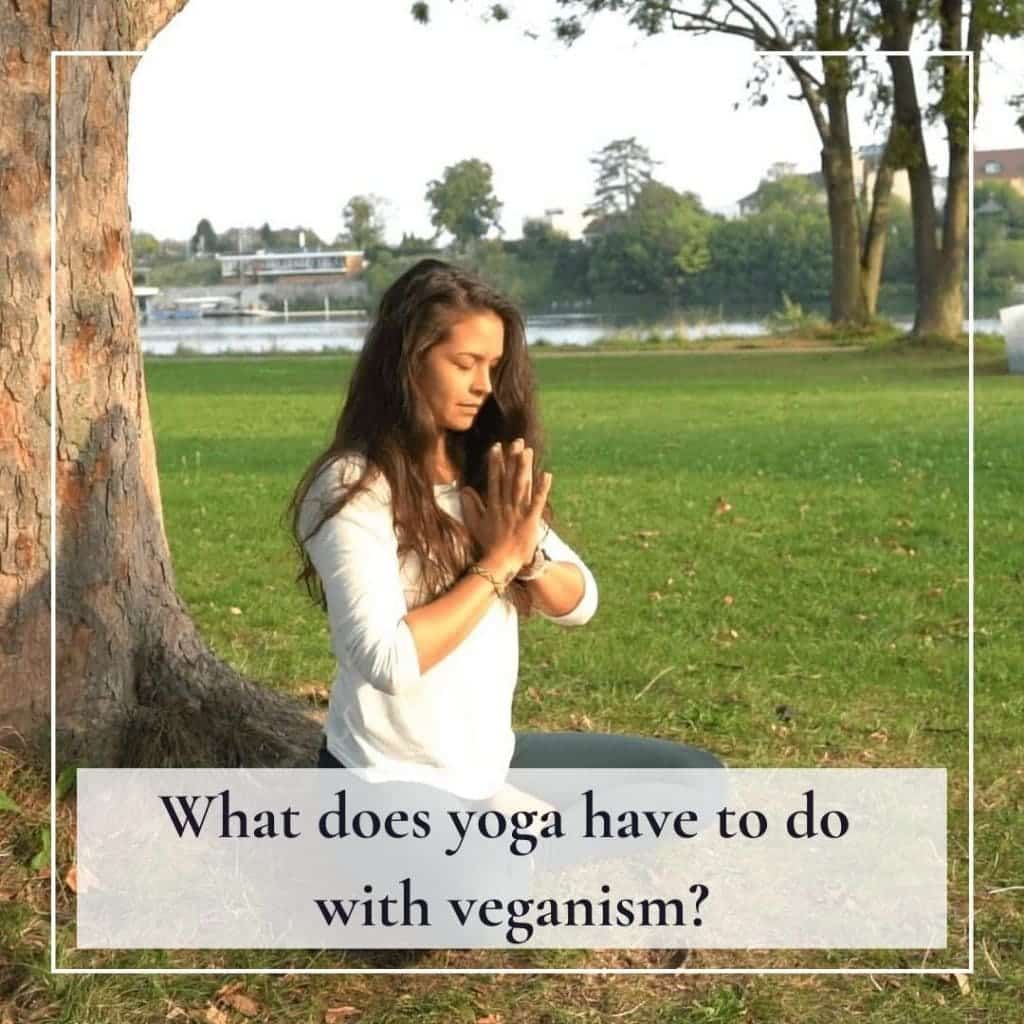
Interview With Vegan Foodblogger Rahel In this interview special with Rahel from “Don’t waste your taste” you can get to know me better and find an answer to the question “What does yoga have to do with veganism?”. I asked Rahel a few months ago if she would like to cook for my group during […]
Why It Is the Perfect Time?
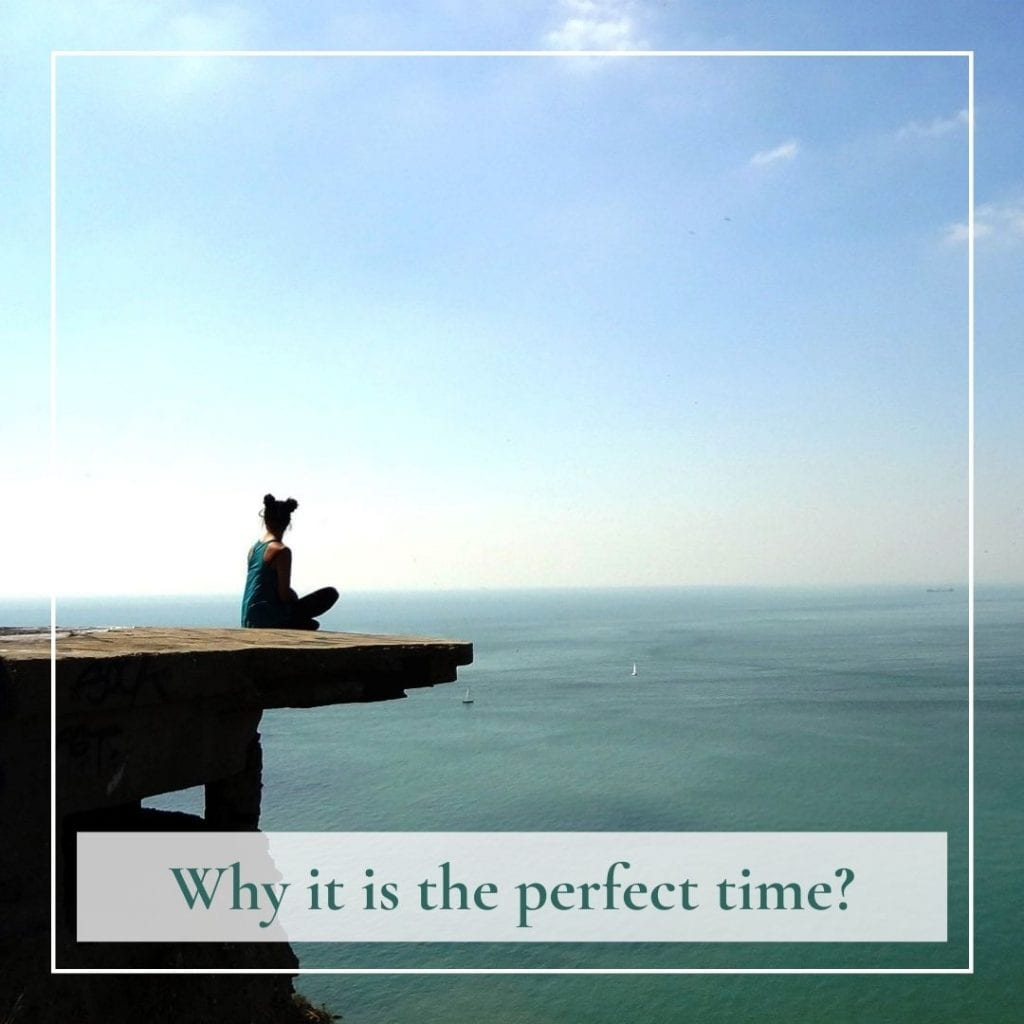
Why It Is the Perfect Time for a Retreat and How Fear Is Holding Us Back… The last year has been challenging for all of us in different ways, we had to face a lot of difficulties and had to cut back with leisure activities and vacations. Especially the long lockdown during the grey and […]

